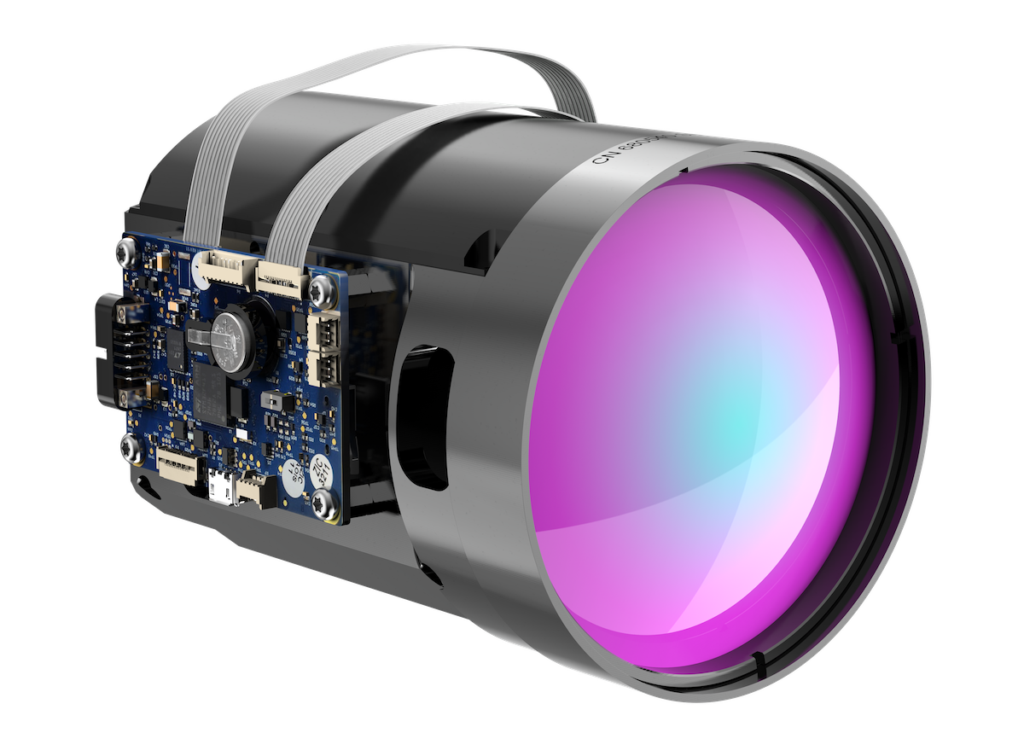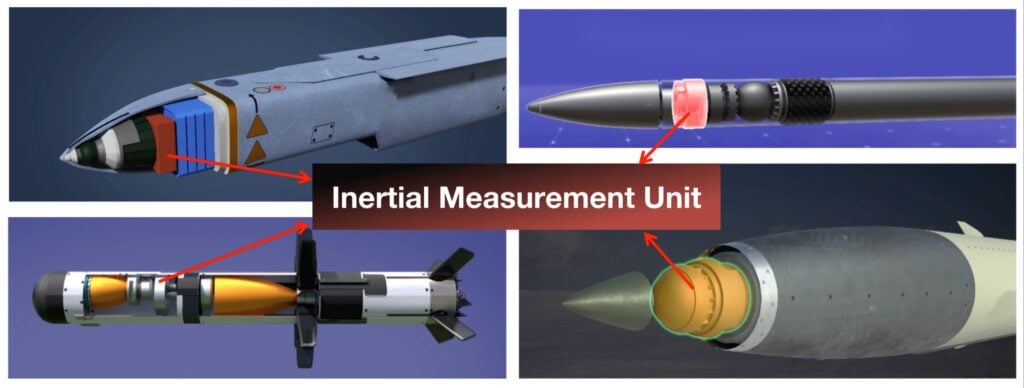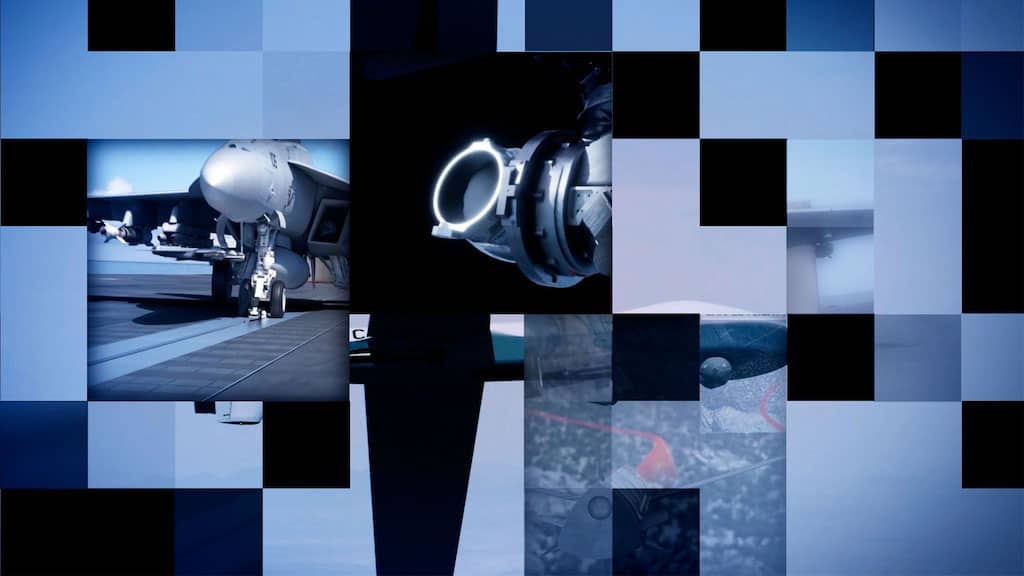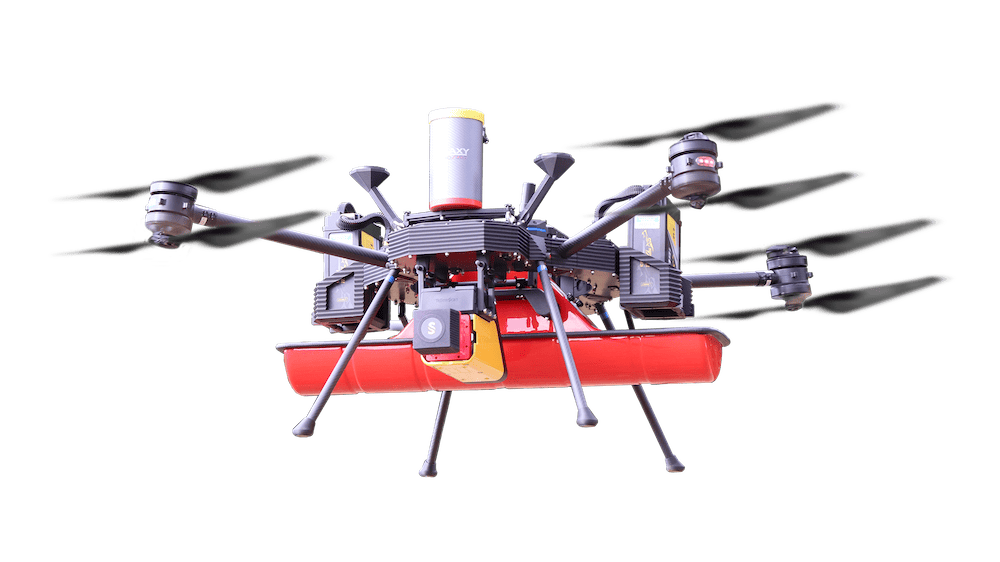
Tactical UAS
Discover cutting-edge solutions from 5 leading global suppliers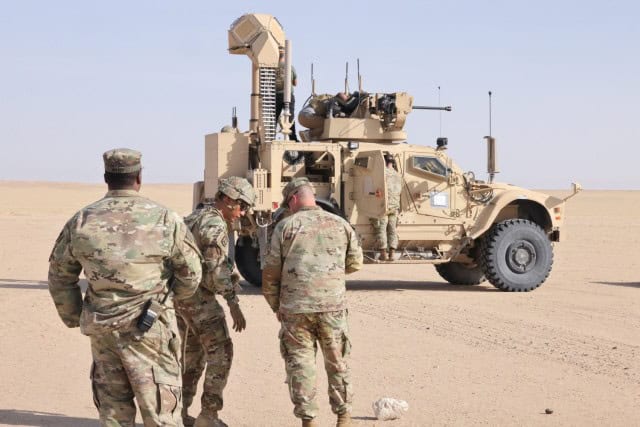
The U.S. Army recently held a counter-small unmanned aircraft systems test, said to be its most challenging to date.
The test paves the way for soldiers to field capabilities against small-UAS attacks in the future.
During the Joint Counter-Small Unmanned Systems Office’s (JCO) fifth C-sUAS demonstration, held at Yuma Proving Ground June 3-28, 2024, testers launched more than 40 UAS targets that converged on a defended area in each session. The tests helped the JCO evaluate the command-and-control capabilities of nine C-sUAS systems, observing how each sensed and identified different types of UAS threats.
Michael Parent, JCO Acquisition Division chief, said; “It was a very successful demonstration in informing U.S. [forces] and our allies what capabilities exist out there for this very challenging profile.”
Parent added; “You don’t want to obviously engage the target multiple times. You’ve got so many [UAS] coming at you, you have to be able to differentiate and have the most promising threat first.”
The demonstration presented a wide array of threats that swarmed the C-sUAS systems in mass and in waves, showcasing both kinetic and non-kinetic defeat solutions. Experiments tested capabilities that included guided rockets, kinetic interceptor drones, electro-optical/infrared cameras, radio frequency scanners and radio frequency jammers.
Demonstration threat profiles used rotary wing, fixed wing and slow-moving, and propeller-powered UAS threats. The JCO chose the nine systems from eight vendors pulled out of a pool of 58 vendor proposals.
Small unmanned aircraft systems pose a significant threat to Army and U.S. military operations. Drones provide low-cost capability to transport ammunition for targeted attacks and can collect reconnaissance for enemy forces and coordinate attacks.
To combat that threat, former Defense Secretary Mark Esper designated the Army as the executive agent for C-sUAS defense in 2019.
Parent said that the JCO will look to begin prototyping specific C-sUAS proposals in 2025 based on specific capabilities and the needs of combatant commanders. The JCO scheduled its next C-sUAS demonstration between the second and third quarters of fiscal year 2025.
According to Parent, compared to the previous four demonstrations held from 2021 to 2023, the vendors’ systems showed greater speed and recognition of threats.
The test marked the first demonstration the service has held in nearly 12 months.
Parent stated; “The challenge of the profile really meant that no one characteristic, no one capability, whether kinetic or non-kinetic, in itself could really defeat this kind of a profile. So what we saw was that you really do need a full system-of-systems approach, a layered approach, because we’re talking about a very large profile, 50 or more [threats] … coming out from different angles, different speeds and different sizes.”
The results of the testing will be collected and sent to U.S. combatant commands and the vendors at the end of July, Parent stated.











